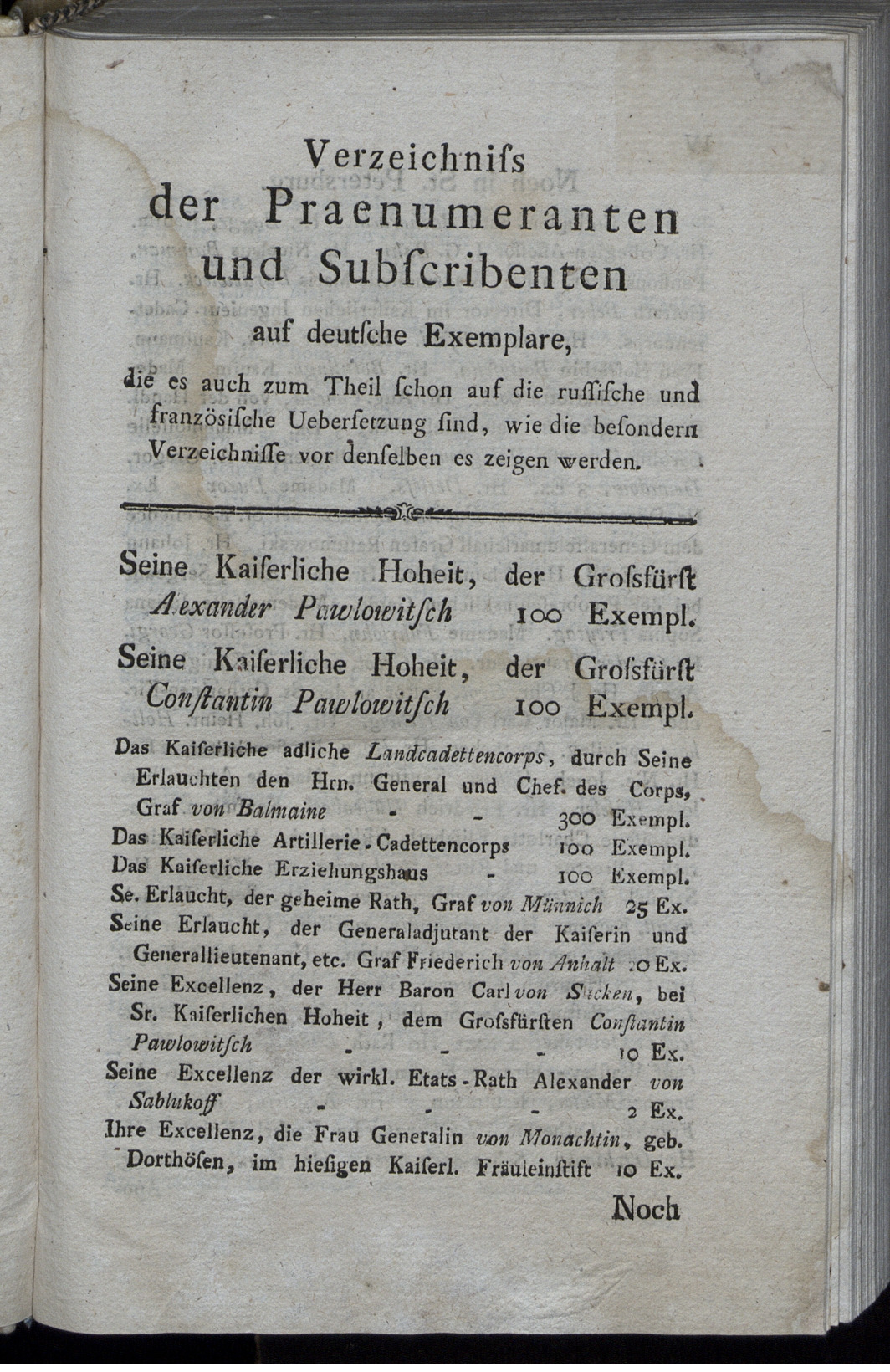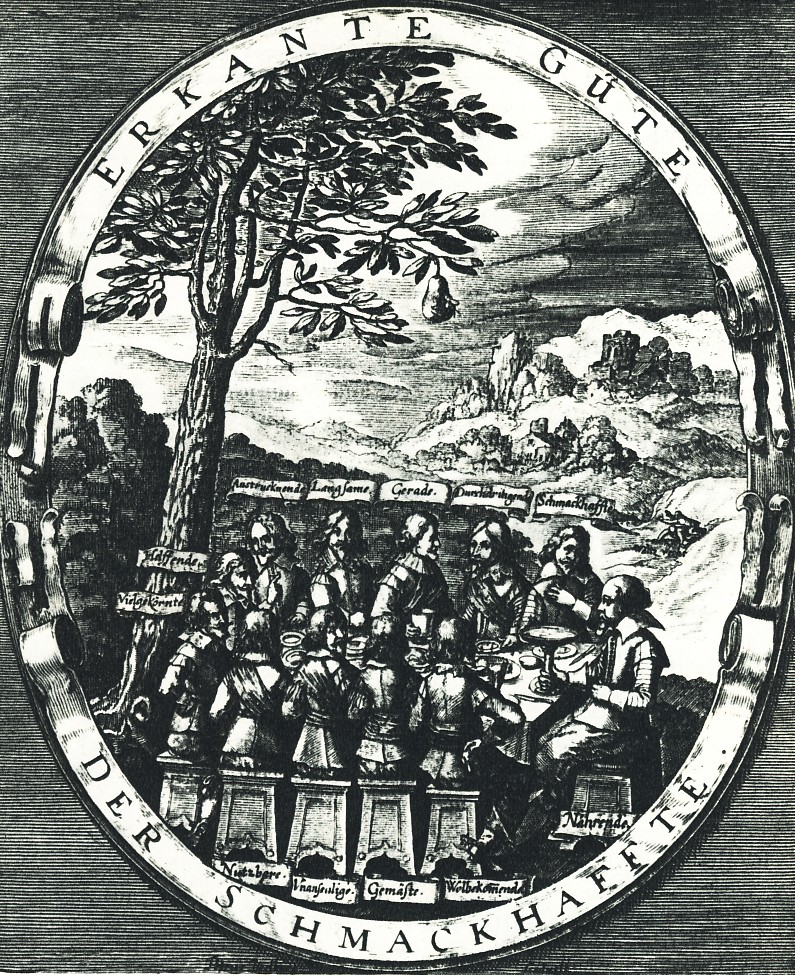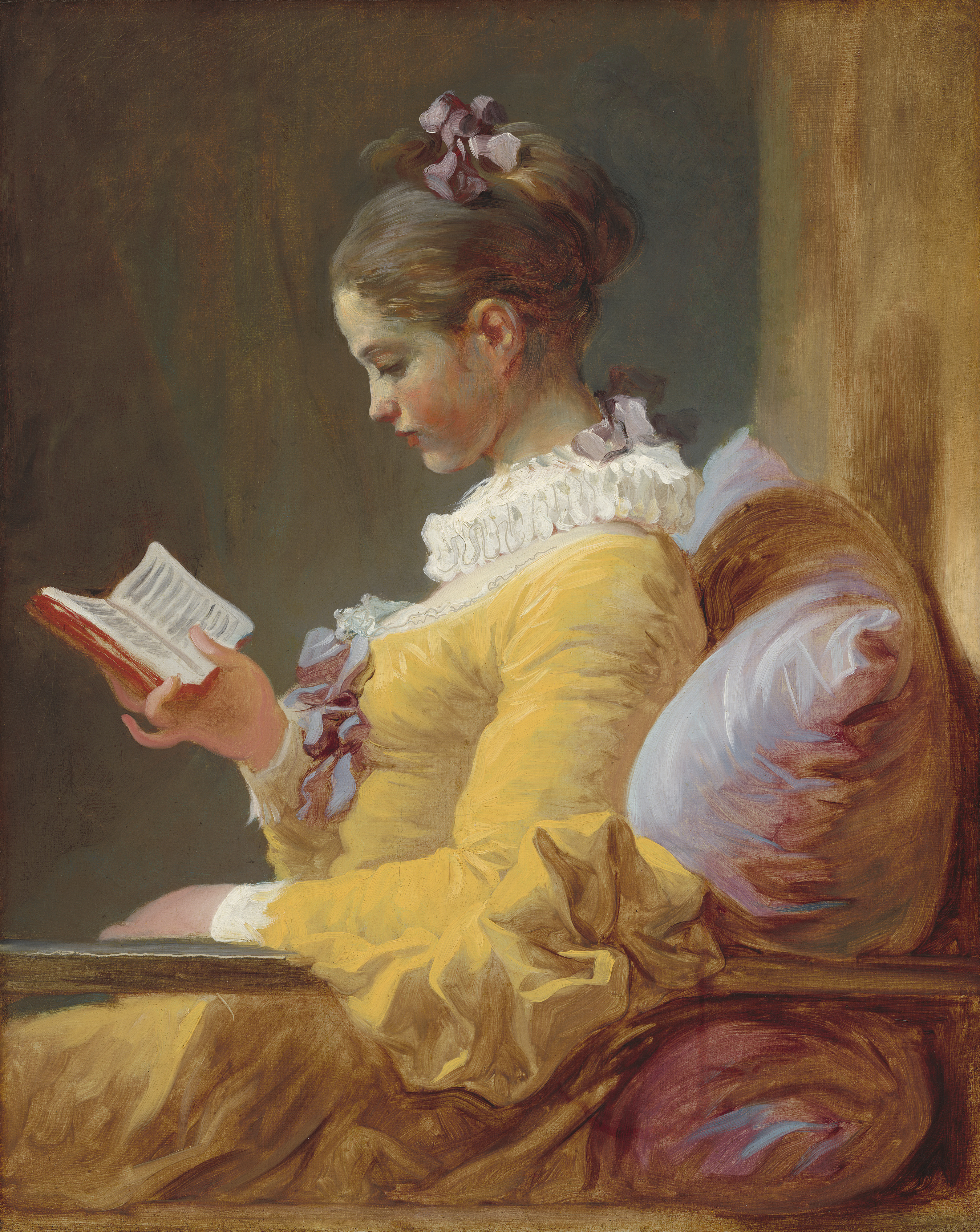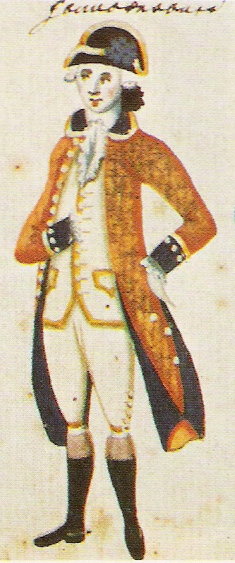FactGrid:Early Modern
Note: The calendars switch from Julian to Gregorian in various countries at different datesIn October 1582 Pope Pope Gregory XIII introduced the "Gregorian calendar" that has since then replaced the preceding "Julian" Calendar practically all around the globe. The Julian Calendar was in 1582 lagging 10 days behind sun's calendar. The Gregorian alternative with its better proposition of leap days and its calendar reset was, however, not introduced without resistance. Catholic territories followed one by one; most protestant territories took a concerted step in 1700, the UK waited until 1752. The following list gives the Gregorian introduction dates of various territories and can be expanded: On manual input you can select the calendar through the context menu. Mass imports via [QuickStatements] require a "/J" switch on the "version 1" input to explicity call for the Julian calendar: +1711-12-03T00:00:00Z/11/J will thus create the input "3 December 1711 (Julian Calendar)". | |
The Landscape of Early Modern Religious Dissent and Toleration(Field of Research:Q23177) The history of Christianity can – also – be told as continuous conflict over spiritual and political unity as Gottfried Arnold proposed with his Impartial History of the Church and Heretics (1699/1700). The continuities are, however, not that clear. Fundamental tenets and polarities between individual inspiration and theological orthodoxies might look like constants but the political and technical environments have been changing dramatically. Christianity became a state religion and states faced ever new challenges to guarantee minority rights if not a citizen-status regardless of the "personal" and "private" religious affiliation. Notions of subjectivity emerged and both created and relativised new fields of "free" expression. New media facilitated the spread of ideas and the ways societies could generate and handle internal conflicts. The FactGrid The Landscape of Early Modern Religious Dissent project wants to serve the research community exploring the early modern religious map with the interactive database software we are using. Create items on persons, meetings, correspondences with little more than two or three connections; others might draw further connections with the data they have. The site's wider focus will raise particular questions: The "enlightenment" has been said to have discredited much of the "enthusiastic" religious landscape that still characterised early 18th century. We should be able to get beyond this statement: New organisational ties became fashionable with the emergence of freemasonry and the development of the global industrial market on which esotericism could thrive as new commodities of personal style and perception. It is not that clear how this new map of self-orientation could grow on the old religious soil, nor do we presently have a clearer picture of the networks that shaped and pervaded these developments.
| |
Extra-Europeans in Early Modern Europe(Field of Research:Q464939) Text. Project initiated by Anne Kuhlmann-Smirnov
| |
Subscription listsThousands of 18th- and 19th-century publications appeared with subscription lists of those who promised to buy copies once the object was printed. These lists are extremely valuable to understand the audiences of works — they usually offer additional information about social status, place of home address, gender, occupation. FactGrid is an ideal medium to gather and aggregate such information as we are ready to create items even if we do not know more about the respective objects of knowledge. Create such objects and aggregate information in the research process... We are in the event usually able to offer rich information on an increasing number of items in a set — thanks to the collaborative work that comes across the same objects here and there. We should theoretically be able to give profiles of the audience, age profiles, gender distributions, social profiles, profiles of the geographical outreach. It i all a matter of data we have to accumulate. The FactGrid Subscription project has started with data Martin Perkins and Simon D. I. Fleming are providing on 770 musical publications published primarily for anglophone audiences in the 18th and early 19th centuries — see their project page on FactGrid:Musical Subscriptions. The final data set will spot more than 150,000 people who bought these publications. Here some first searches (basically on the titles):
Project initiated by Martin Perkins, Simon D. I. Fleming and Christine Philliou | |
Early Modern Societies and AcademiesThis is an open project. If you have a complete list of members of an Early Modern learned society or Academy, feed it into FactGrid and see how the members connect.
| |
The FactGrid Prose Fiction Project(Field of Research:Q195135) Early modern readers were expected to laugh about the medieval romances and legends that had flooded the European book market from the 1470s into 1570s with the help of the new printing presses. With a more sophisticated taste one could enjoy "satirical romances" and shorter "novels" — "romances", however, had become a precarious production. The alternative to all this fictionality was "literature", the field of learning. Things began to change strangely in the course of the late 17th and early 18th centuries: The "belles lettres" had become an accepted part of "literature" in the fashionable centres of Paris, The Hague, London and Leipzig. And then, in the 1750s, one could see the entire concept of learned "literature" succumbing to the tide of new novels, plays and poetry, that were now suddenly asking to become the chief subject matter of modern literary criticism. Two decades later, in the 1770s and 1780s the new world of "national literatures" had arrived with the longest tradition imaginable. The fictional had become the natural base of all national literatures. How was this possible? How could the fictional move from the disrespected fringes of folklore and superstition through the fashionable realm of the international "belles lettres" into the centre of the new "literary" production that eventually entered the school systems in the course of the 19th century? Who steered this process? The market? New journals that created the new appreciation of the fictional? The emerging nations as customers of the new secular topic that could be interpreted and appreciated by national experts? How did genres react in these processes — as containers of productions that could demand new debates and eventually the new appreciation of “literature proper"? Can we map individual developments? Can we quantify them? Did secondary discourses reflect them or did they create them? The FactGrid prose fiction project wants to enable researchers to interconnect, categorise and explore titles of their various research projects with the broader perspective on the European market — cooperatively and across the boundaries of our present philologies. Participants Marie Gunreben, Olaf Simons, Philipp Redl
| |
The Global Genealogy of Lodges(Field of Research:Q10678) FactGrid presently offers the data sets of some 2100 Lodges, most of them of the (former) German speaking territories. The individual sets are by and large superficial — most of them drawn from GND data, French Lodges came into the project with Bruno Belhoste's Harmonia Universalis project, Swedish Lodges were added by Andreas Önnerfors — both with complex membership information. A couple of lodges have become test cases for the more interesting and wider project with denser packs of information (see Gotha's former Lodge "Ernst zum Compaß" as our case of greatest detail). The following searches give insight into the status quo:
Sub Project Data model more on our project site The Global Genealogy of Lodges | |
The Gotha Illuminati Research Base(Field of Research:Q10677) The Gotha Illuminati Research Base is a collaborative project of Gotha's Research Centre with a longer list of contributors: Olaf Simons, Markus Meumann, Hermann Schüttler, Reinhard Markner, Christian Wirkner, Erik Liebscher, Marie Nosper, Martin Mulsow, Josef Wäges — to mention the most prominent. The database comprises the data sets of some 7000 documents, 1500 publications, 1400 people who were members or otherwise related to the order. Showcases are the
The database is particularly useful to reconstruct correspondences — offering focuses on The project page offers more sample queries and first perspectives on the findings. Sub projects: | |
Harmonia Universalis(Field of Research:Q172203) The Harmonia Universalis Research Base aims to build the mesmerist network in all its diversity and to analyse its integration into the social space on the eve of the French Revolution, emphasising its links with the medical profession and other forms of sociability, in particular learned and Masonic. The project, led by Bruno Belhoste and David Riccardo Armando, is mainly supported by the Hastec labex and the IHMC, with the participation of CARE (CRH UMR 8558) and the ISPF (CNR). It benefits from the collaboration of several researchers, including Claire Gantet and Isabelle Havelange, and is open to all those interested in the subject. A data set is already available in the form of prosopographic sheets on the original Harmonia universalis Database. The database is being installed on FactGrid where it should be available from December 2020.
...and more interesting links and searches will follow.
| |
Die Frühphase der deutschen Studentenverbindungen(Forschungsfeld:Q28115) Das von Martin Gollasch initiierte Projekt entwickelte sich aus einer Erfassung einzelner Göttinger Studentenverbindungen und ihrer bekannten Mitglieder heraus... Landsmannschaften, Studentenorden und Freimaurerlogen organisierten im 18. Jahrhundert die extra curricularen Aktivitäten der Studentenschaft in den Universitätsstädten. Die Universitätswechsel spiegeln sich als Wanderungsbewegung nicht nur in den Matrikeln der Universitäten, sondern auch denen der studentischen Sozietäten der Aufklärungszeit. Erst vor diesem Hintergrund erklären sich viele Stammbucheinträge, die Ereignisse wie ein gemeinsames Essen, eine Reise oder schlicht Empörung wegen obrigkeitlicher Eingriffe samt den Teilnehmern oder Betroffenen spiegeln. Ungewohnt ist sicherlich der schwerpunktmäßige Aufbau der Biogramme vom Ausgangspunkt der Universitätsmatrikel oder der Matrikel der Sozietät her. Wir werden hier künftig die bislang empirisch nicht erforschten, aber immer wieder behaupteten Unvereinbarkeiten von Mitgliedschaften in solchen Sozietäten sehen können oder eben nicht bestätigt finden. Viele Momente in späteren Lebensabschnitten einer Biografie lassen sich durch Erlebnisse und Begegnungen der Studienzeit erklären, denn nach der Lebenserfahrung gibt es eigentlich weniger Zufälle als sie oftmals leichtfertig behauptet werden.
Es gibt, abgesehen von aus Gotha stammenden Studenten schon jetzt erkennbare starke Überschneidungen mit Christian Wirkners Göttinger Freimaurern und auch einzelnen Illuminaten. Dies lässt nicht nur auf den GND-Daten-Input auf der einen Seite, sondern auch auf die Genealogen auf der anderen Seite hoffen. Ein weiteres erklärtes Ziel ist es, Sozietätenzugehörigkeiten in Familien über die Generationen hinweg auf die Spur zu kommen. Und so kommt im Rahmen dieser Kontinuitätsforschung der zeitweilige Vorzeige-Illuminat Adolph Freiherr Knigge, salopp gesprochen, nicht nur als universitär vorgebildeter Vereinsmeier daher, sondern er war durch seinen Vater diesbezüglich auch genetisch vorbelastet... | |
Religion im Herzogtum Gotha-Sachsen-Altenburg: Pfarrer, Pfarreien, ArchiveZwei Dateneingaben stehen im Zentrum des Projekts: Das Archiv der evangelisch-lutherischen Kirche, Gotha gab Anfang 2019 seinen Aktenbestand ins FactGrid ein. Bis auf die Aktenebene bietet die Plattform seitdem das Heino Richard arbeitet seit dem Frühjahr 2019 an der Gesamterfassung aller Pfarrer im ehemaligen Gothaer Herzogtum. Greifbar sind hier mittlerweile alle Pfarreien des Territoriums mit den Stellenbesetzungen von der Reformation bis in die 1920er Jahre. Das aktuelle Projekt weitet diese Resource aus mit genealogischer Hintergrundinformation zu den Eltern, den Familien, in die die Pfarrer hineinheirateten, und den Familien, die die Kinder gründeten. Berufsinformationen und geographische Hintergrundinformationen sind Teil der hier vorgelegten komplexen Datensätze. Ein Desiderat ist von hier aus die mittlerweile die Vernetzung der Information in die Aktenbeständen der Landeskirche und des Staatsarchivs hinein. |











